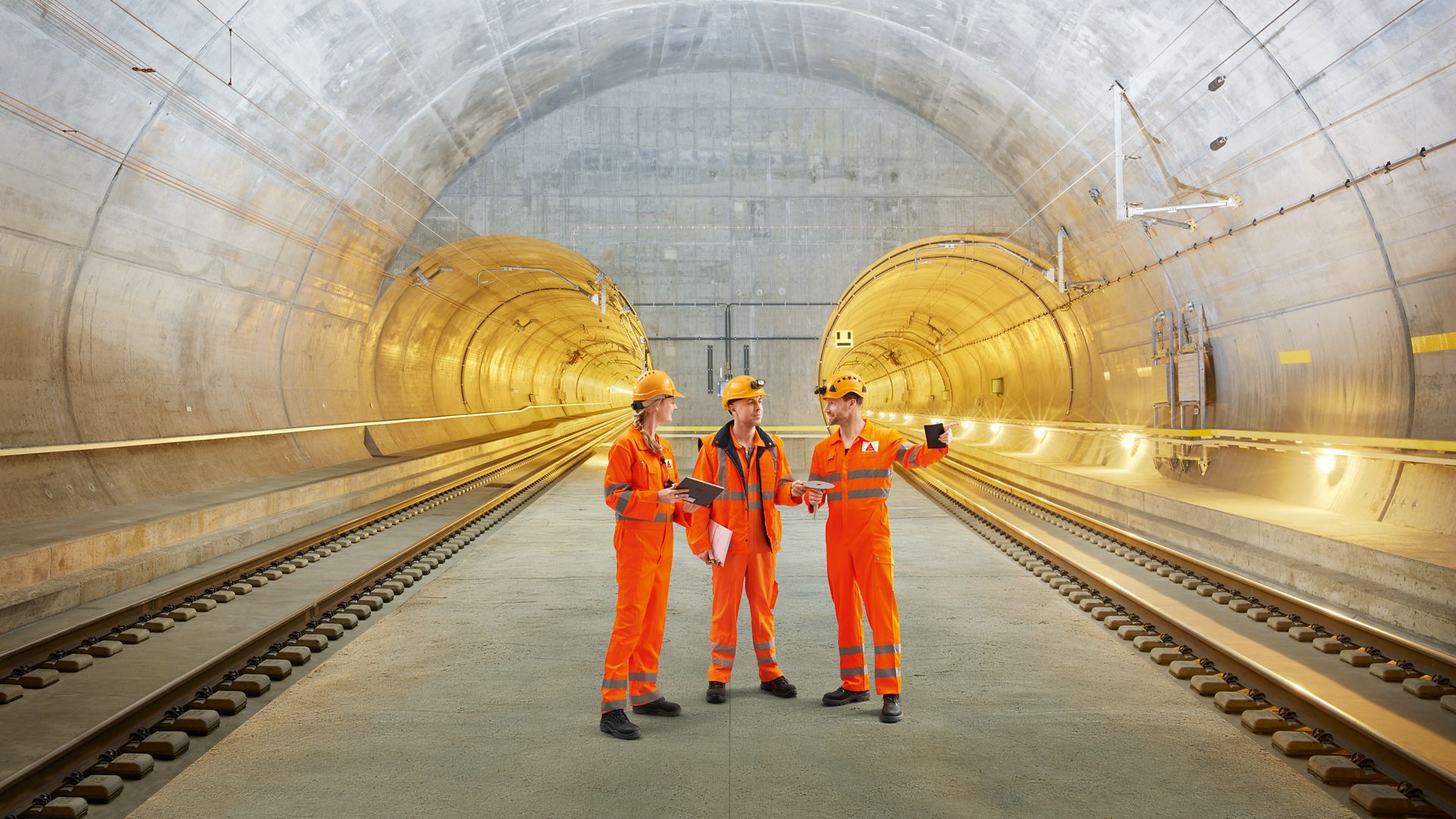Underground construction, a critical element in industries such as mining, infrastructure development, and utilities, has evolved significantly over the years. From tunnel boring machines to specialized drilling equipment, technology plays a vital role in ensuring efficiency, safety, and cost-effectiveness.
While original equipment manufacturer (OEM) parts and machinery are widely used, aftermarket equipment has gained considerable traction, offering distinct advantages in the field of underground construction.
In this article, we will explore the benefits of using aftermarket equipment in underground construction and why it is becoming a preferred choice among contractors and project managers.
1. Cost Efficiency and Affordability
One of the primary reasons contractors in underground construction turn to aftermarket equipment is cost efficiency. OEM equipment often comes with a premium price tag due to branding, proprietary technology, and the added overhead of large-scale manufacturers. In contrast, aftermarket equipment, produced by third-party manufacturers, is usually more affordable without compromising quality.
- Lower Initial Investment: Aftermarket parts and machinery typically cost 20-50% less than OEM alternatives. This can significantly reduce the overall project budget, allowing contractors to allocate resources to other areas such as labor, safety measures, or additional tools.
- Reduced Operating Costs: In underground construction, where equipment is subjected to harsh conditions such as abrasive surfaces and extreme temperatures, aftermarket parts can serve as cost-effective replacements when components wear out. This helps reduce the downtime associated with equipment failure, improving overall productivity.
2. Customizability and Flexibility
Aftermarket equipment offers a level of flexibility and customizability that is often limited to OEM parts. This adaptability is particularly beneficial in underground construction, where unique challenges such as varying soil conditions, space constraints, and depth requirements necessitate tailored solutions. Additionally, you can more information on https://ucghdd.com/ about this equipment.
- Customized Parts for Specific Needs: Third-party manufacturers can develop equipment specifically suited to unique underground conditions, including specialized drill bits, hydraulic systems, or ventilation mechanisms. This level of customization enables contractors to optimize machinery for better performance.
- Compatibility Across Different Equipment: Aftermarket parts are often designed to be compatible with a wide range of machinery from various manufacturers. This cross-compatibility allows contractors to mix and match equipment, making it easier to find solutions that meet the exact demands of a project.
3. Improved Availability and Supply Chain Efficiency
Aftermarket manufacturers, with a more localized and decentralized production approach, often have the advantage of shorter lead times and faster delivery.
- Reduced Downtime: In underground construction, where time is often a critical factor, waiting for OEM parts to arrive can cause delays that impact project timelines. Aftermarket equipment, with its quicker availability, ensures minimal downtime, allowing projects to stay on track.
- Broader Availability of Older Equipment: OEM manufacturers tend to phase out support for older models of machinery, making it difficult to find replacement parts. Aftermarket providers, however, often continue to produce parts for older equipment, extending the life cycle of machinery and saving contractors the cost of purchasing new equipment.

4. Quality and Innovation
A common misconception is that aftermarket equipment is inferior to OEM products. However, in many cases, aftermarket manufacturers have invested in research and development, leading to innovations that can even surpass OEM parts in terms of quality and performance.
- High-Quality Standards: Reputable aftermarket manufacturers adhere to strict quality standards, often using the same or superior materials as OEMs. This ensures that the aftermarket equipment meets or exceeds the performance expectations required in demanding underground construction environments.
- Ongoing Innovation: Since aftermarket manufacturers are highly competitive, they are incentivized to innovate continually. In some cases, they produce components that are more durable, energy-efficient, or cost-effective than their OEM counterparts. This ongoing innovation benefits contractors by providing access to cutting-edge technology without the premium price tag associated with OEM products.
5. Extended Equipment Lifespan
Underground construction is known for its rugged work environments, and equipment faces constant wear and tear. Aftermarket parts can be a cost-effective solution for extending the lifespan of expensive machinery.
- Regular Upgrades and Replacements: With the availability of affordable aftermarket parts, contractors can perform regular upgrades and replacements without the financial strain of purchasing OEM components. This helps maintain machinery in optimal working condition, preventing costly breakdowns and ensuring long-term operational efficiency.
- Extending the Life of Older Machines: Many contractors operate with a combination of newer and older equipment. Aftermarket parts help prolong the usefulness of older machines, avoiding the need to replace entire systems prematurely. By keeping older machines running efficiently, contractors can focus their budgets on critical areas rather than expensive capital investments.
6. Environmental and Sustainability Benefits
Sustainability is an increasingly important consideration in modern construction, including underground projects. Aftermarket equipment can contribute to environmentally friendly practices by promoting recycling, reuse, and the reduction of waste.
- Recycling and Remanufacturing: Many aftermarket parts are produced through recycling and remanufacturing processes. This reduces the consumption of raw materials and decreases the environmental impact of production. By choosing aftermarket options, contractors can contribute to more sustainable construction practices.
- Energy Efficiency Innovations: Some aftermarket manufacturers focus on producing parts and machinery that are more energy-efficient than traditional OEM components. This can reduce the energy consumption of construction equipment, lower greenhouse gas emissions, and contribute to a greener construction industry.
Conclusion
Aftermarket equipment has proven itself as a valuable and reliable alternative to OEM products in the field of underground construction. Its cost-effectiveness, flexibility, availability, and quality make it an appealing option for contractors facing the unique challenges of working beneath the earth’s surface. From extending equipment lifespans to contributing to sustainable construction practices, aftermarket parts offer a host of benefits that enhance both operational efficiency and environmental responsibility.
In an industry where every decision impacts the timeline and budget of a project, choosing aftermarket equipment is a strategic move that allows contractors to maintain high standards without the financial strain associated with OEM products. As underground construction continues to advance, the role of aftermarket equipment will likely grow, offering innovative solutions for both current and future challenges.










